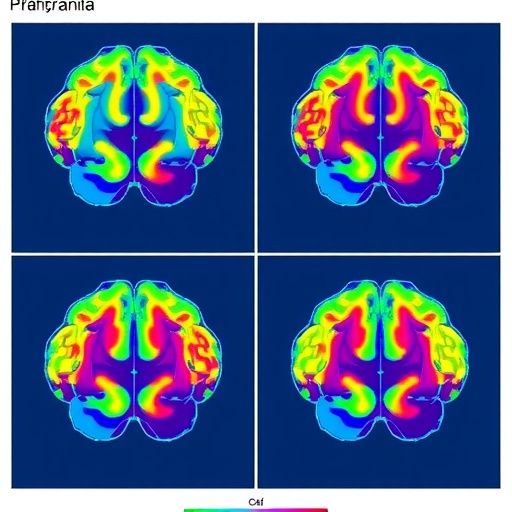SPOKANE, Wash. – Shift work and non-standard work schedules are increasingly common as employers strive to meet the demands of a 24/7 society. It’s estimated that up to a quarter of the workforce in developed countries has non-standard working times. While these types of work schedules provide clear economic benefits, they also come with issues related to insufficient sleep, misalignment of the biological clock, and other factors that influence the safety, health and well-being of workers.
“The effects of shift work on workers, organizations, and communities are complex, and it has been difficult to find clear, scientific advice about the design of working time arrangements that minimize health and safety risks while preserving operational integrity,” said Hans Van Dongen, director of the Washington State University Sleep and Performance Research Center and professor in the Elson S. Floyd College of Medicine.
To fill this void, experts from around the world have published a special issue of the international scientific journal Industrial Health focused on shift work and working time arrangements. Released today, the issue presents a series of papers that provide information and practical guidance on key topics within the field of shift work and non-standard working time arrangements.
“With this special issue, we have made available a freely accessible resource that describes the current state of research, identifies relevant health and safety risks, and provides advice on effective ways to mitigate these risks,” said Van Dongen, who served on the editorial team with Imelda Wong (chair), Drew Dawson, and Masaya Takahashi to oversee the special issue’s creation.
He said the information presented is of particular interest to researchers and policy makers, as well as workers, managers, and labor representatives in a broad range of industries that employ non-traditional work hours, such as transportation, manufacturing, energy production, health care, public safety, and the military.
The special issue encompasses nine papers that address the following topics:
- Effects of shift work on physical and mental health
- Differences in vulnerability to toxic exposure in daytime vs. nighttime workers
- Psychosocial health and well-being in night and shift workers
- Effects of shift work and non-standard work hours on workers, families, and communities
- Individual differences in tolerance and adaptation to shift work
- Use of light exposure to synchronize shift workers’ circadian rhythms
- A multi-level approach to managing fatigue risk in the workplace
- International approaches to reducing risks related to shift work
- Prescriptive rules vs. risk management-based approaches to managing fatigue risk in working time arrangements
Each paper includes one or more consensus statements that are targeted to non-scientists and capture the scope of scientific agreement on each topic. All papers were co-authored by scientists and experts who are members of the Working Time Society (WTS), an association of scholars focused on research on working hours.
The special issue of Industrial Health has been in the works for several years. It was first commissioned in 2015 by the WTS’s twin association–the Scientific Committee on Shiftwork and Working Time of the International Commission on Occupational Health. Draft versions of each paper were presented and discussed in June 2017 at the WTS’s 23rd International Symposium on Shiftwork and Working Time in Uluru, Australia. Papers were then revised based on feedback from WTS members and external reviewers.
The final papers will again be discussed at the 24th International Symposium on Shiftwork and Working Time, which is being organized by Washington State University’s Sleep and Performance Research Center on behalf of the WTS and will be held in Coeur D’Alene, Idaho (USA), September 9 through 13. Many of the scientists who contributed to the special issue will be in attendance at the symposium and the preceding Fatigue Risk Management Industry Day, a full-day, no-cost meeting that will bring together industry representatives and working time scientists. Individuals interested in attending either event should register before July 29, 2019.
Van Dongen said the upcoming symposium will be the first step in a process to continuously update the advice on shift work presented in the special issue.
“This is a starting point, in which we are providing access to our half century of research and experience on the impact of working shifts,” said Stephen Popkin, president of the WTS. “It is our intent to keep this knowledge base up to date over time and propagate its use and availability across the globe, supporting policy makers, companies, worker organizations and the workers themselves.”
###
Media Contact
Hans Van Dongen
[email protected]
Related Journal Article
https:/
http://dx.




